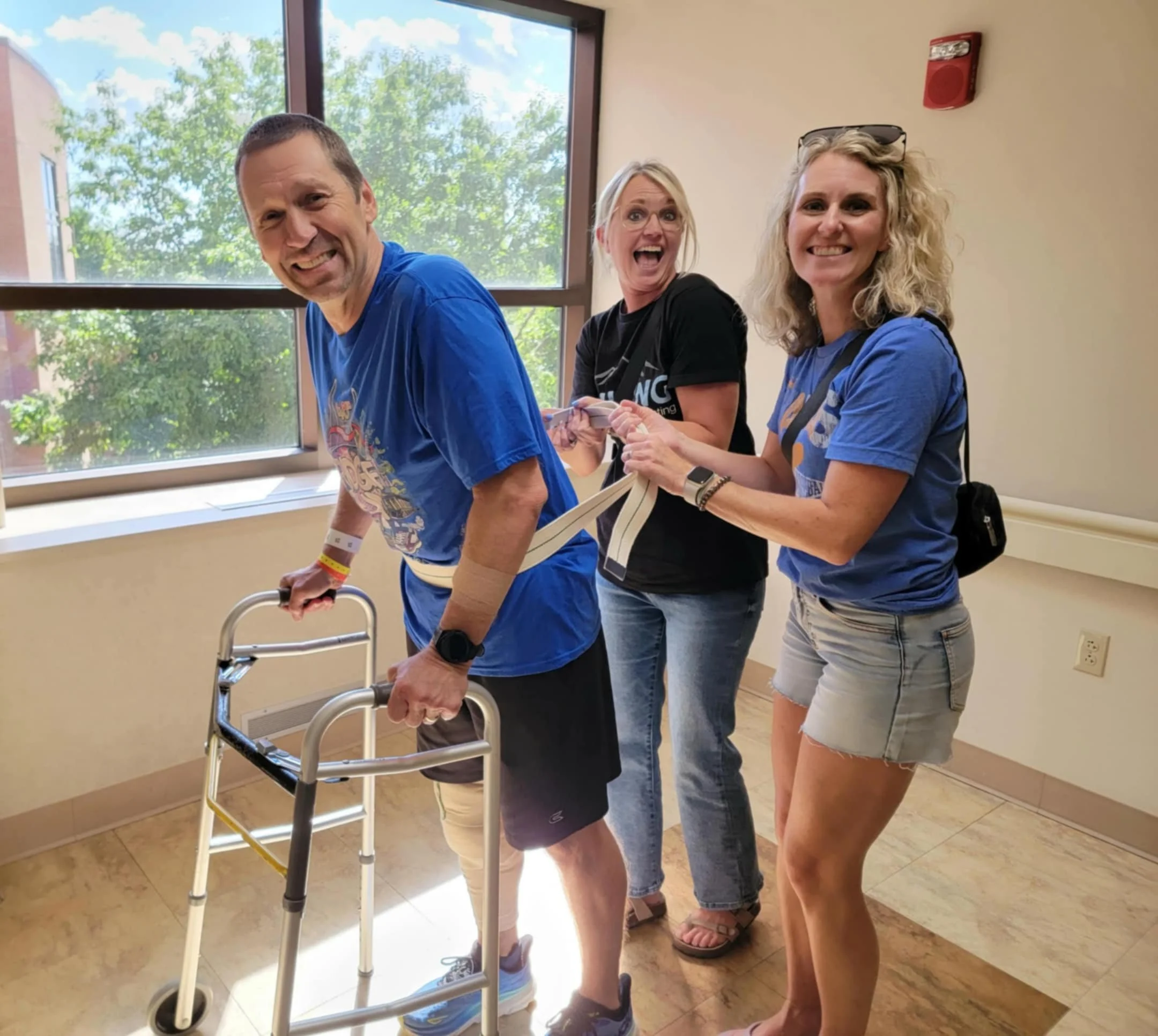What Happens When the Leader Goes Down?
A friend asked me a tough question recently:
"Rusty, how did your company survive while you were out? That must’ve been incredibly disruptive."
It was.
And it wasn’t.
Several years ago, that question would’ve triggered a wave of worry:
Would payroll get processed?
Are clients still being taken care of?
Will the team stay focused and engaged?
Is the business too dependent on me?
That fear led to action.
In 2018, we made a decision to stop building a business around a person and start building one around a plan.
We started contingency planning.
We built redundancies.
We cross-trained.
And we created something simple but powerful: a Communication Tree.
So when I recently faced an unexpected medical crisis, here’s what happened:
My wife Pam and I alerted our leadership team.
They activated the plan.
Kimbra rescheduled my week of meetings.
Heather kept our team updated, and stepped in with clients and prospects on my behalf.
Curtis made sure billing, vendor payments, and payroll never skipped a beat.
The company didn’t pause.
In many ways, it got stronger.
Lesson for fellow business owners and CEOs:
If your company can’t run without you, then it’s not ready to grow beyond you.
Contingency planning isn’t pessimism — it’s stewardship.
Build depth before it’s needed.
Because leadership isn’t just about what you can do.
It’s about what your team can carry when you no longer can.
